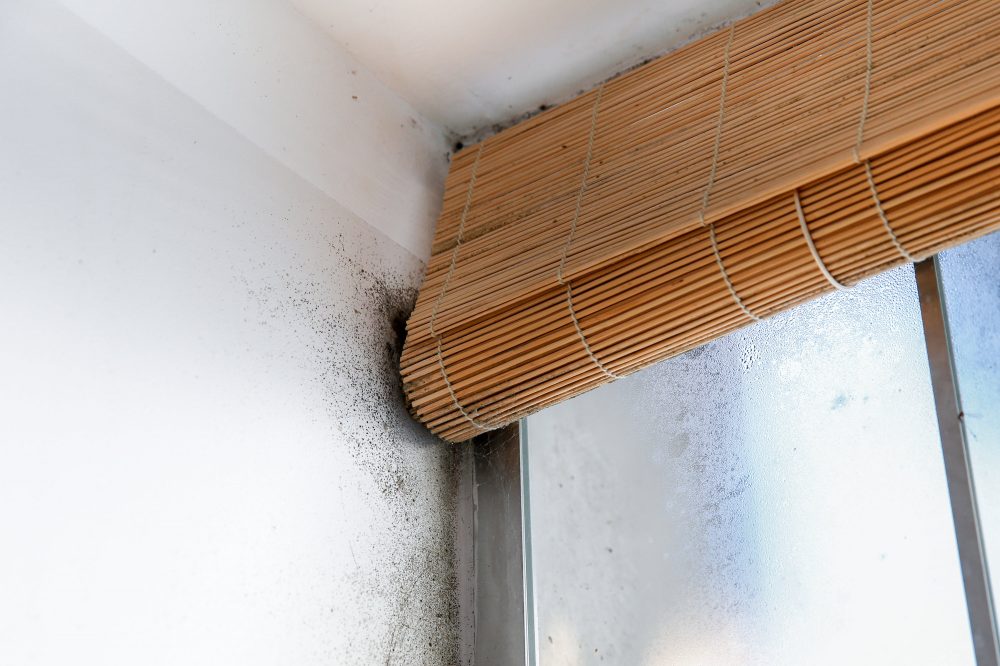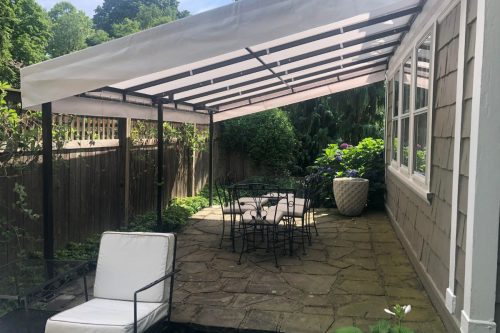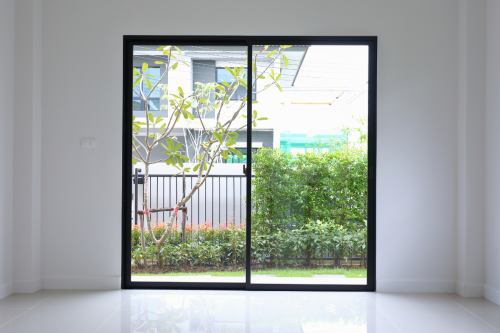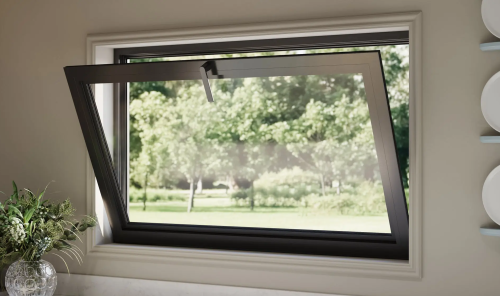Keeping your home’s windows and doors protected from the elements can come in many different forms and concern a wide range of areas of your home. One such problem in many homes across Perth and the rest of Western Australia is condensation, which – if left untreated – can cause damage to your property.
This article aims to explain the specifics on window condensation, what causes it, and the best way to stop condensation on windows.
What is Window Condensation?
Have you ever heated something up in a microwave and noticed some water drops on the inside of the microwave afterwards? That is condensation!
Condensation occurs when the temperature of the air around a cooler object is so different that the water in the air begins to form excess moisture as water droplets on the surface of the object.
While window condensation is one of the most common forms of this phenomenon, it can also commonly be seen on the surface of a car during the winter. Humid air also impacts how much condensation appears.
Why Window Condensation Occurs
Window condensation is usually noticed quite often – yet why is it so common? That can be attributed to the application of the windows themselves.
We use windows as a form of protection from the elements – they keep the warm air out during the intense Perth summers, and keep the warm air in during the cooler winter months. Due to this disparity in temperature, condensation can form on the windows where one side is significantly cooler/hotter than the other.
While the excess moisture caused by condensation can be an issue, the presence of condensation is not always an indicator of poor window structure – far from it, in fact. Since condensation is created from a difference in temperature, it is an indicator that the window has a strong seal that prevents air from escaping when closed.
Whether condensation is a problem is dependent on where you notice condensation forming.
Exterior Window Condensation
If you notice condensation on the exterior side of your window panes, you know that the air outside is more humid and/or warm than inside. In this case, condensation isn’t actually a bad thing as you can simply use a cloth or other material to remove it.
Interior Window Condensation
Interior condensation is definitely a bit more concerning, although it is also important to learn and understand where and why it is forming. If you can see it appearing from steam created by cooking appliances such as stoves or kettles, it might be worth considering moving those if possible.
However, even in these situations it is imperative to make some adjustments – as interior condensation can accumulate on a consistently cold surface over time. Whether it’s due to raised interior humidity, poor ventilation and air circulation inside the home, or just a draft, condensation can cause issues quickly if left for long enough.
Problems Caused By Condensation
Moisture inside your home has the potential to be damaging to home and homeowner alike – which is why prevention and stopping of condensation is necessary. Some common problems that arise from untreated condensation include:
Growth of Mould Can Cause Health Problems
Small areas of moisture in a poorly-ventilated space with higher levels of indoor humidity make a perfect environment for the growth of mould. Appearing as small black spots on surfaces, these spores can be dangerous to the occupants of the property.
The spores generated from mould can become airborne, which can cause allergies and hay fever flare ups to occur. In more serious cases, it can trigger severe allergic reactions, asthma attacks, or foodborne illnesses if the spores manage to land on food.
Moisture Can Weaken and Damage Your Home
When water gets onto a surface and stays there, it can cause that surface to slowly lose strength as moisture weakens the material. When it comes to condensation in your home, this is no exception – and it’s definitely not a trivial matter.
If moist air is in your home and condensation forms on surfaces such as window sills, walls or ceilings, these frames can lose strength. This in turn can cause serious structural integrity problems in your property – to the point where major damage can occur.

Ways to Prevent and Reduce Condensation
The best way to avoid the above problems is to ensure you are protecting your home from interior condensation as much as possible. Here are some ways you can do just that:
1. Use Proper Ventilation in Your Kitchen and Bathroom
The kitchen and bathroom are the most common places to see condensation occur, as the heat and steam generated from showers and cooking can build up in certain spots. Because of this, providing these areas with good methods of ventilating the steam out will help prevent condensation.
In the kitchen, this can be done by opening your house windows while cooking and using an extractor fan to clear the moisture in the air. In the bathroom, exhaust fans can provide similar results while showering. Be sure to let such fans run a bit longer afterwards to remove the warmer air and lower the humidity levels in these areas.
2. Close Doors to Prevent Spread of Warm Air
In some situations, warm air still generates while using extractor fans. In this case, you can stop the potential rise in humidity inside your home by closing doors to other rooms. This makes it harder for the warmer air to sneak its way onto windows in less ventilated areas – but make sure to use this method in combination with fans so as to remove the condensation completely.
3. Be Sure to Wipe Down Surfaces Consistently
While fans provide a great autonomous prevention method for lowering humidity and reducing condensation, it’s not a complete set-and-forget solution. If you see condensation in your home, you can always use a cloth to wipe the moisture away – this can of course be done in many areas around your home.
4. Consider Drying Laundry Outside
Washing machines generate a lot of heat for warm washes – meaning the freshly washed clothes are warm and wet. As we’ve established, this can cause humidity in your laundry room to go up – leading to potential condensation.
To avoid this, you can let natural sunlight dry your clothes by hanging them outside. Installing a wall hanger in your backyard can be beneficial for this.
5. Invest in Double Glazed Windows for Your Property
The type of window matters more than you may think when it comes to condensation – and double glazed windows are the best you can get in this regard.
Double glazed windows provide an insulated space between two window panes that is free of any air and moisture. This is done to stop the very condensation we have been discussing here, meaning it’s a great option. You can of course still experience some minor exterior condensation, but these windows have a long life and can provide plenty of peace-of-mind.
Choose Perth Window and Door Replacement Company for All Your Window Needs
It’s clear to see that interior condensation can cause major problems. However, at the same time it can also be easy to prevent using the above methods.
Perth Window and Door Replacement are able to provide plenty of windows to suit your home or business. Our double glazed windows can be fitted to a wide range of frames to suit your home’s colour pallet and style.
Get in touch with us today to find out more about how we can provide the perfect window and door solution for your property.



